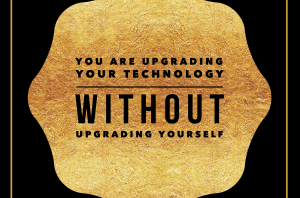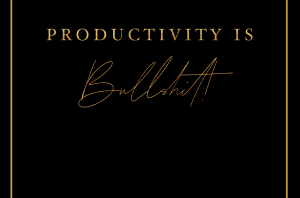
By definition an acquired taste is an appreciation for something unlikely to be enjoyed by a person who has not had substantial exposure to it.
When you move through your days, professionally and personally, avoiding any kind of suffering you weaken your ability to tolerate and move through discomfort successfully. While it might seem intuitive to avoid pain and discomfort, it actually places you in a position of weakness since any slightly above average threat might put you out.
To develop leadership, compassion and an ability to connect deeply with others, you need to be able to feel pain, suffer and still remain grounded in yourself. This is why suffering needs to be appreciated rather than avoided. Here are two practices to acquire a taste for suffering.
Holding Discomfort
Imagine holding discomfort in one hand, while holding the facts of the moment in another hand. While holding both, you can move through an uncomfortable confrontation at work or project and end up on the other side of it. Even if you fail as an outcome, you have developed your ability to hold discomfort and that in of itself is a success.
When you don’t hold discomfort, you aren’t able to have the conversations that need to be had, or take the actions that need to be taken. In this case, you not only avoid any outcome all together, you also avoid building your ability to work through an uncomfortable situation. If one were to be forced on you at a future time, you will be completely unprepared and won’t know how to handle it.
A great example of this that applies to every person is exercise. When you work on building muscle and developing strength, you tend to have soreness, pain and sometimes may be continuously uncomfortable until you’ve reached some level of strength. When you have a base level of strength, you will be able to lift a heavy item. If you didn’t build a certain level of strength at any point in your life you might be forced to lift a heavy item one day and hurt yourself far more than you would hurt in the process of building strength to begin with.
Be Present with It, Not In It
Being present with suffering will require you to imagine your pain in a friend and imagine that friend is hanging out with you all day. This visual will help you soothe your pain and have compassion for it without resisting it. If you’re a kind person at your core, you would not tell a friend in pain to go away and stop bothering you. Similarly, you don’t want to tell yourself to stop being nervous, sad or angry.
Being present with suffering also requires you to not drown in it. In this case, if your friend is in pain because they have a giant bruise on their leg, it’s not likely you would ask them to go for a run with you to cause them further pain. Don’t take your pain and make it more painful so that you are drowning in it. Simply be in its presence with compassion and no expectation for it to go away on a specific timeline.
Practicing holding discomfort and being present with it, will develop your ability to suffer. Overtime, suffering will be less painful and shocking to your system. You will expand your compassion for both yourself and those around you. Compassion will allow you to be a better leader at work, a more patient manager and a more meaningful friend. There is no end goal here. It is a process and the more you give to the process, the more you will get back.
By INC





